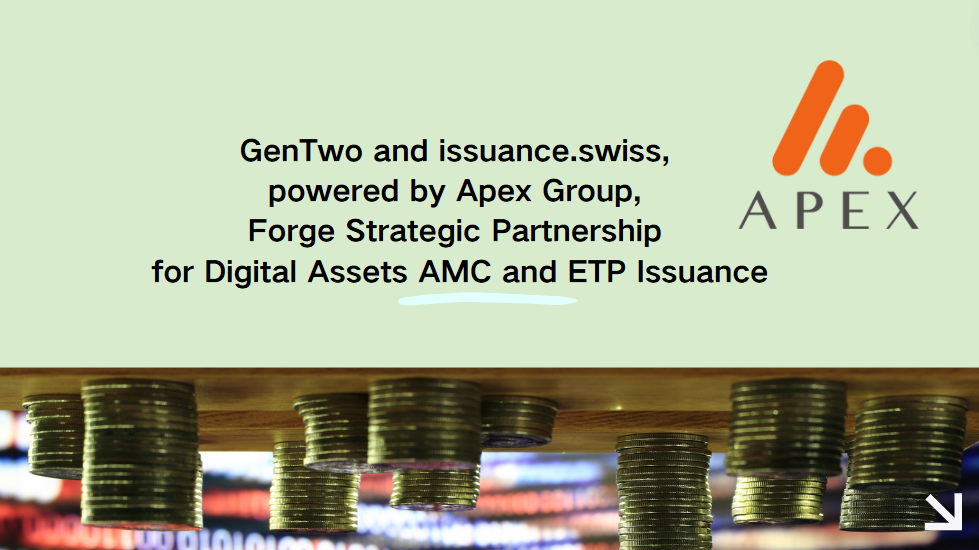Co-investing is here to stay, but could it work better?
Neil Clark, Head of Apex Unitas and Apex Ventures Fund Services
The ten-plus-years fund is not the only means for private equity and venture fund managers to deploy funds into private companies. It is increasingly common to see a variety of investment strategies used, including the fast-growing area of direct co-investments.
Co-investment is when a GP arranges a separate investment into a target company, typically for a small number of existing LPs or new investors. The main fund may be an investor in the portfolio company, or the co-investment could be entirely separate.
Sometimes, a group of LPs looks to increase their exposure to an individual portfolio company or provide liquidity when the main fund cannot invest more. Co-investment is popular with investors who want to make direct PE and VC investments, but establishing and operating independent structures to accommodate the investments can be a burden.
Traditional co-investment structures can often be slow to set up, and operating them can be cumbersome and expensive, with additional governance, tax, and audit considerations. Other complicating factors include delays caused by the need to open bank accounts for these entities, particularly when deal timescales are short.
Apex Unitas has been developed for fund managers to provide quick (about a week) and inexpensive (a fraction of the cost of setting up a formal investment structure) co-investments. It is also flexible to operate. Apex Unitas allows fund managers to bring together investors to make investments swiftly and with minimal administrative burden.





















































First, please LoginComment After ~